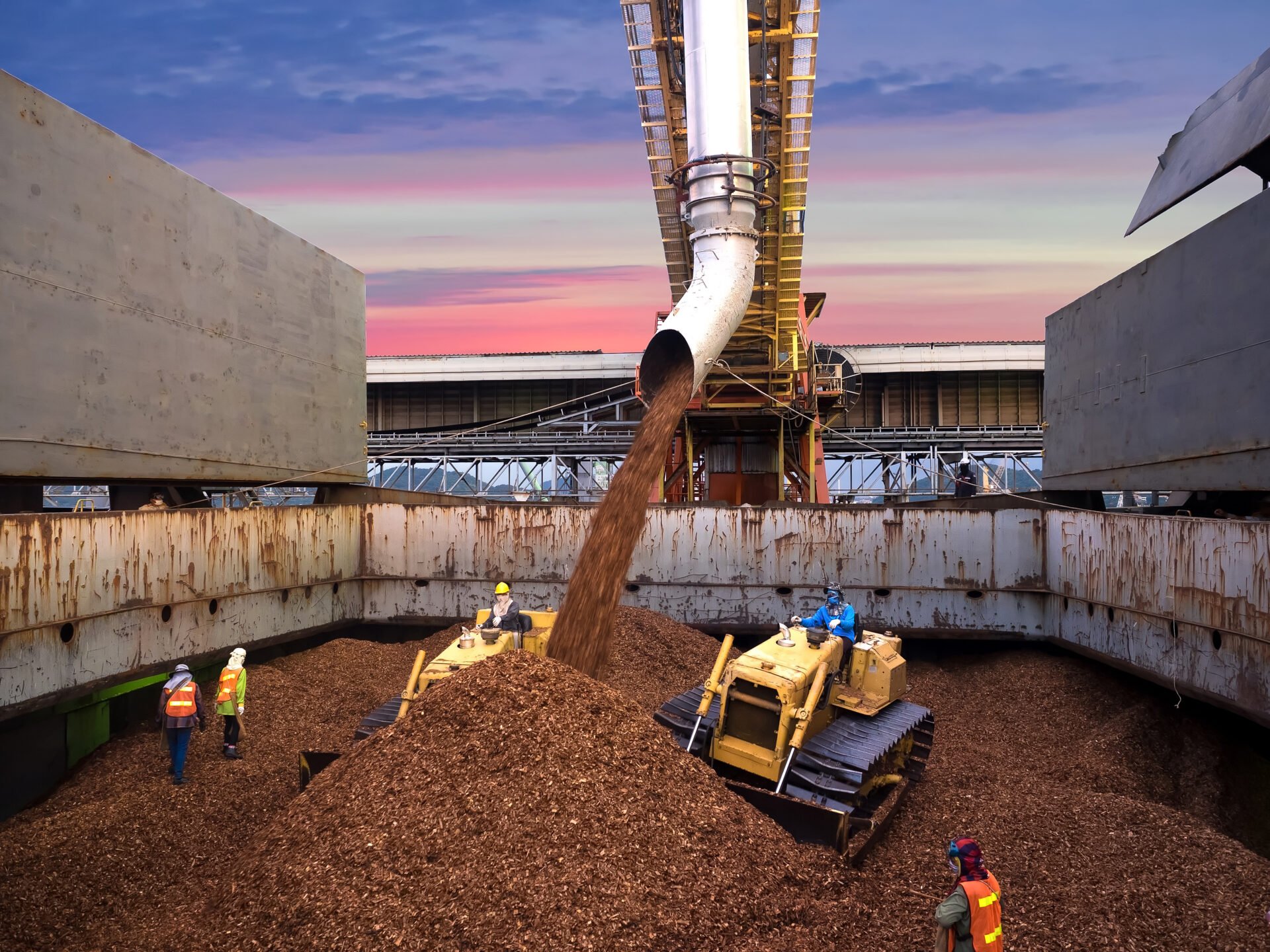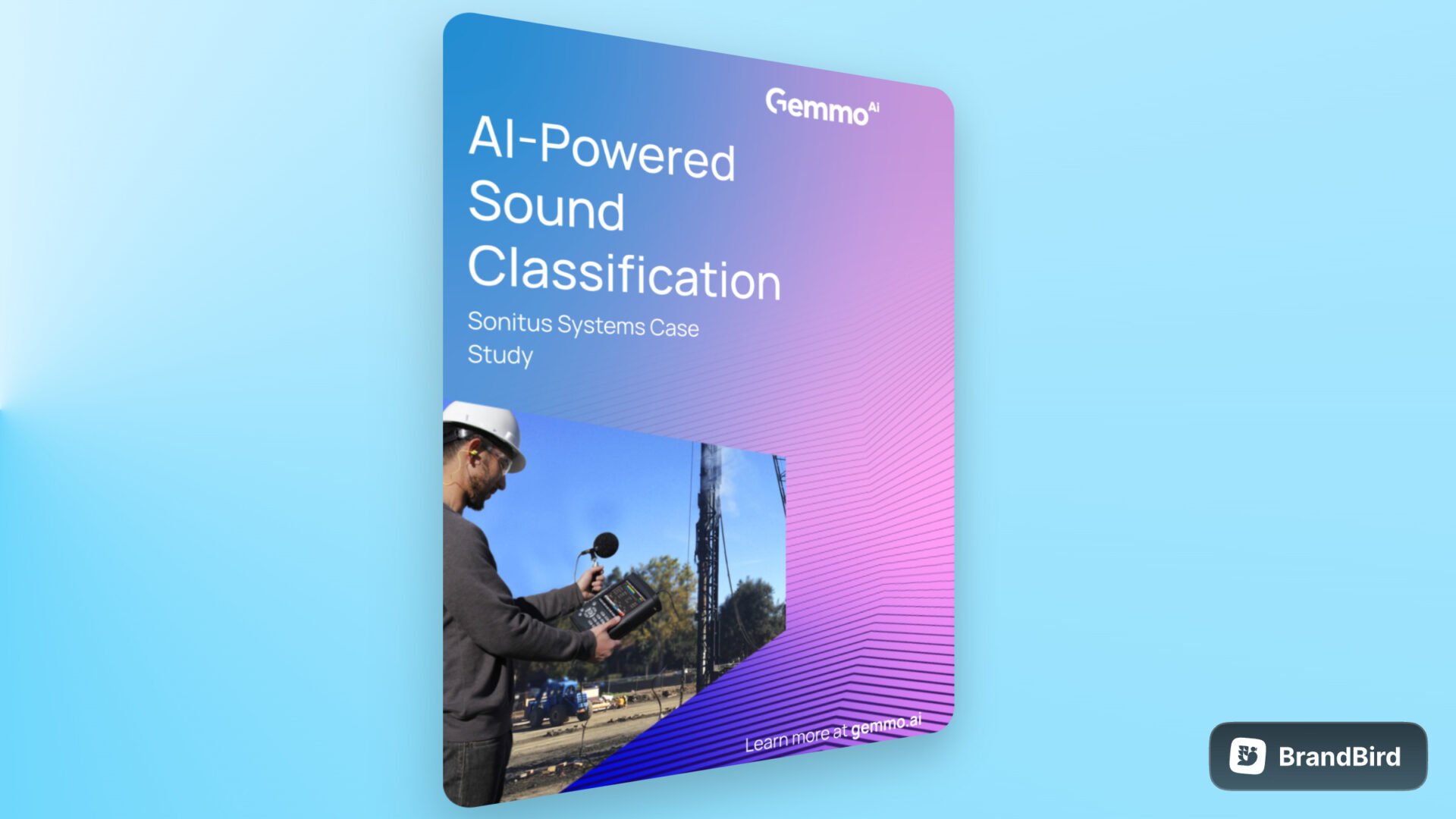Achieve 99% accuracy in air quality monitoring with supervised learning
To address flaws of air sensor systems, Gemmo AI have created an API to accurately monitor air quality autonomously....

Recent strides in the efficacy of AI have made it possible to mitigate risks associated with poor air quality. Real-time air particle monitoring means we can manage air quality to the highest standards. We achieved just that for our clients in the air quality monitoring sector.
Harsh environmental conditions can affect the performance of their sensor systems. To overcome these issues, Gemmo AI developed an effective API capable of autonomously and accurately monitoring air quality.
The Intricacies of Detecting Particle Matter
Humans take approximately 20,000 breaths every day. With each breath, we could be inhaling toxic particulate matter, without even realising it. Eye irritation, inflamed airways, and respiratory issues are just a few of the side effects of particle pollution. For air quality monitoring, particulate matter is defined by its diameter.
Particles with a diameter of 10 micrometres or less (PM10) are inhalable and can have major health implications. Particles with a diameter of 2.5 microns or less (PM2.5) are particularly dangerous. PM2.5 particles are so minute, they can only be detected by an electron microscope. That’s why it’s no surprise that detecting particulate matter is a major challenge, especially in harsh weather conditions.
Sensors like optical particle counters have the power to revolutionise health and safety standards. This is particularly true in environments like industrial plants, construction sites, and mines.
However, some anomalies can be difficult to detect in air air particle monitoring. These include:
- metal,
- gravel,
- concrete,
- wood,
- sand.
While monitoring the levels of these particles is integral to onsite health and safety compliance, it’s not always achievable. Accurate sensors that can detect all potential non-compliant events are rarely found in the current market.
The challenge of detecting particles in high-humidity environments
The effectiveness of an air particle monitoring system is subject to a number of variables. High humidity levels are particularly problematic.
In circumstances where the relative humidity level is high, sensors may give false readings. This is because such sensors often detect mist or fog droplets as particles.
The dangers of low-cost sensors
Low-cost particle sensors are commonly used in numerous applications. Unfortunately, most of them have no system in place to remove water from the sample before measurement.
It’s crucial to remember that particles that contain water do not always pose a health risk to people. However, there may be major repercussions if air quality assessments are inaccurate as a consequence. Inaccurate data may result in ill-informed decisions for health advisories and air quality management.
The validity and reliability of air particle monitoring systems are compromised by this. As a result, although inexpensive sensors are important in some scenarios, their limitations make them inappropriate for jobs involving strict adherence to industry standards.
The importance of understanding the limitations of lower cost air particle monitoring
Such applications require more advanced and precise systems, ones that can provide reliable data under adverse environmental circumstances. It is important to approach the implementation of inexpensive air particle monitoring equipment with a clear awareness of their limitations.
It is imperative that these systems be accurate and reliable in a variety of environmental settings, particularly when the findings have an immediate impact on public health and regulatory compliance.
Can Artificial Intelligence increase the performance of air quality monitoring sensors?
Machine learning technology can strengthen sensor systems and overcome environmental variables. ML increases the performance of air quality sensors by reducing false alarms, and improving early warning alerts.
AI-enabled smart sensors account for environmental factors like wind direction, humidity, and temperature. Through deep learning algorithms they can predict weather conditions and prepare for them.
This predictive capability helps to ensure that the sensors work well in a range of environmental circumstances by helping to prepare for different possibilities. As a result, regardless of variations in the weather, these AI-integrated sensors enable compliance with strict environmental requirements and goals.
An additional bonus of machine learning for air particle monitoring
On top of that, by pairing AI components with sensor, platform managers can be notified of changes in real-time. Data will be accessible to them in an instant via a dashboard, helping to streamline operations.
The integration of environmental science and information technology is demonstrated most effectively by this combination of machine learning and sensor technologies. These cutting-edge sensor systems use AI to increase environmental monitoring accuracy and support more flexible and successful management approaches.
As such, they serve as a vital tool in the ongoing efforts to observe and lessen environmental effects. This guarantees that legal obligations and sustainable development objectives are fulfilled in a consistent and efficient manner.
Gemmo Solution: 99% accuracy in particle detection
Challenges to air quality monitoring are what inspired Gemmo’s particle detection algorithms. The solution we built is underpinned by the understanding that the success of any AI application depends on data.
When developing a solution for our client, we collected a large quantity of annotated data from their monitoring devices. This data allowed us to train the algorithm using many different attributes. Doing so, powered a solution that understands weather conditions and detects certain particles in the air.
A more supervised approach
The algorithm’s effectiveness is owed to a supervised learning approach. This approach is notoriously more effective in classifying events of interest in comparison to an unsupervised approach.
As a result of our access to data collected in the wild, this supervised learning approach was possible. We perfected the solution by testing multiple approaches, but we defaulted towards a simple XGBoost classifier. This choice was due to the speed of the algorithm.
After a process of data mining, machine learning, and algorithm configuration, the Gemmo solution was born: A highly accurate embedded algorithm capable of detecting particles with 99% precision.
Final Thoughts on Machine Learning for Air Particle Monitoring
On a large scale, environmental tracking via AI-enabled sensors allows us to control harmful conditions. With this system, we can monitor everything from noise levels down to the air we breathe. Our bespoke air particle monitoring solution overcomes environmental challenges and provides reliable, automated results for our customers.
Finally, the integration of artificial intelligence (AI) and machine learning into air quality sensors is a revolutionary advancement that provides improved operating efficiency, accuracy, and predictive capabilities. This technology advancement can significantly impact the pursuit of sustainable environmental management, regulatory compliance, and environmental monitoring.
At Gemmo, we are passionate about building computer vision solutions that have real-world impact. Often this means, creating solutions for the most fundamental constituents of our environment.
Author: Johanna Walsh



